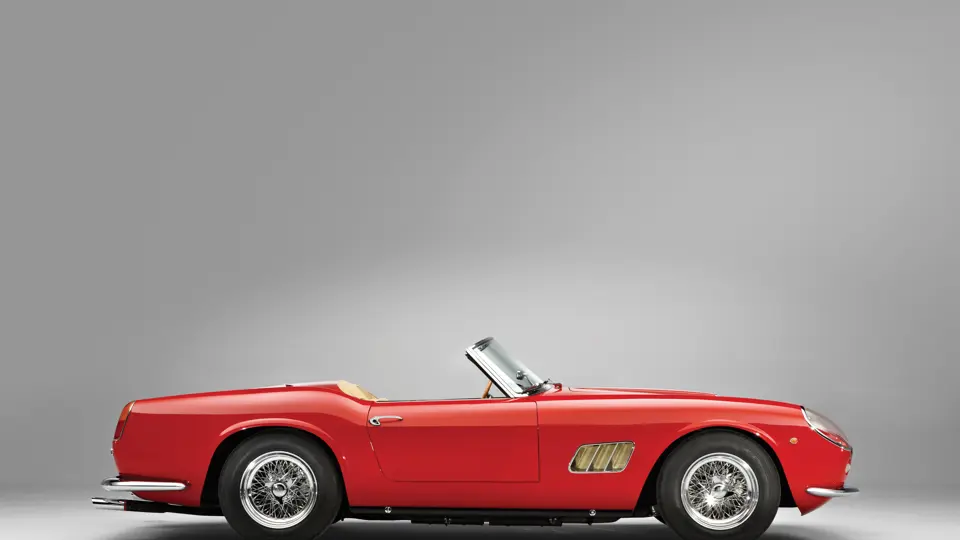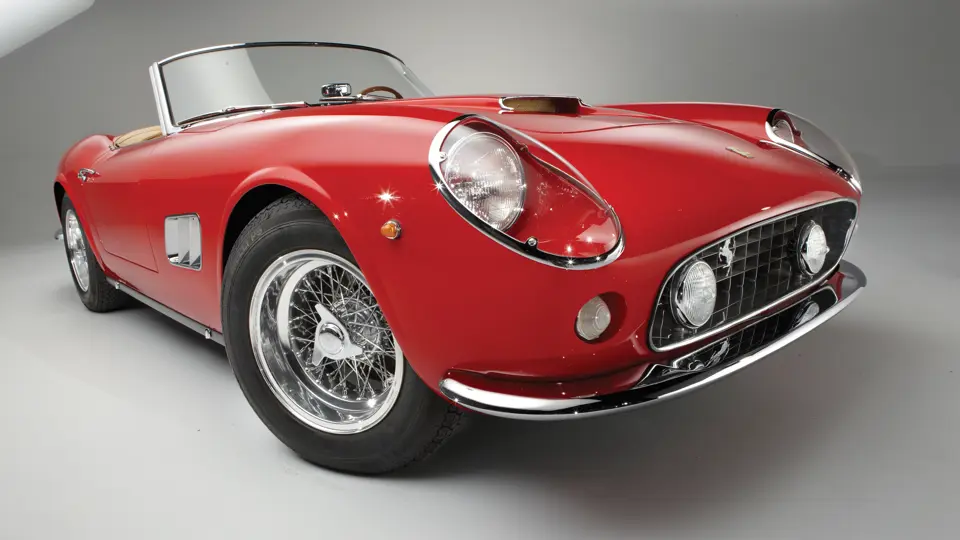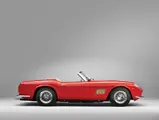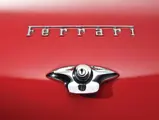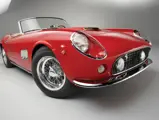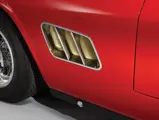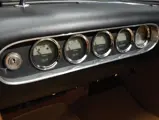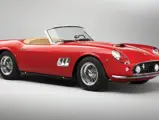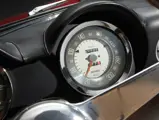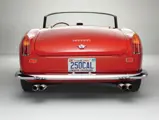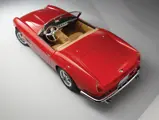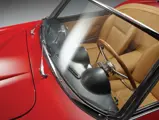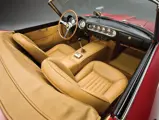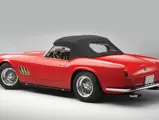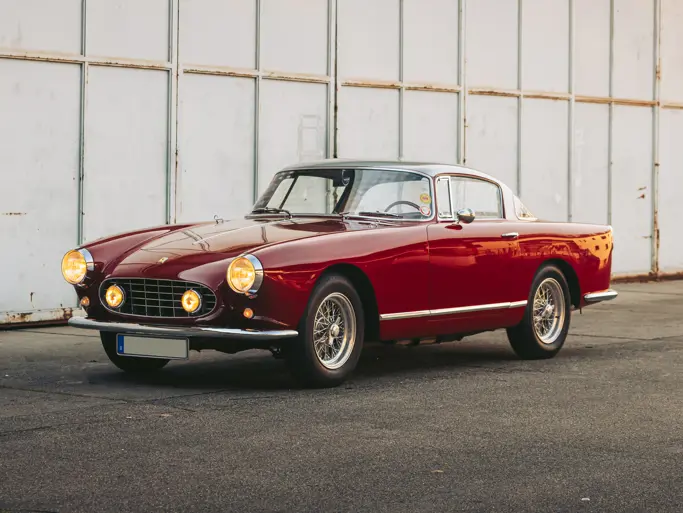280 bhp, 2,953 cc single overhead camshaft V-12 engine, three Weber carburetors, four-speed gearbox, independent front suspension via A-arms, coil springs, and telescopic shock absorbers, live rear axle with semi-elliptical springs and telescopic shock absorbers, and four-wheel hydraulic disc brakes. Wheelbase: 2,400 mm (94.5?)
• One of only 37 covered headlight examples built
• Unquestionably one of the most attractive and desirable Ferraris in existence
• Matching numbers and Ferrari Classiche certified
• Pebble Beach Concours d’Elegance class winner
Without a doubt, the 250 GT SWB California Spyder is one of the most beautiful cars ever to pass through Ferrari’s fabled gates on Via Abetone Inferiore. With its stunning bodywork designed by Pininfarina and masterfully executed by Scaglietti, the car was a collaboration of the very best.
As with all other road cars, the California Spyder’s design was based on the experience gained from the Scuderia’s sports and Grand Prix racing efforts. Convertibles, in particular, were readily marketable to a select clientele in Europe and were especially attractive to the burgeoning market in North America, served by Luigi Chinetti and John von Neumann. To respond to this market, Ferrari created two legendary series of road cars: the cabriolets and the spyders.
The 250 GT Pininfarina Series II Cabriolets were based upon one of Ferrari’s earliest volumes of series-built production cars, the 250 GT Pininfarina Coupes, and like the PF Coupe, they were nicely trimmed and fitted for everyday use and long trips. Combining the exciting performance of Ferrari’s race-proven 3.0-litre V-12 engine with the excellent handling and supple ride of the 2,600 mm wheelbase chassis, the Series II 250 GT PF Cabriolet had a well-earned and highly justified reputation as a superb, elegant, and understated touring car with quality interior appointments, soundproofing, and classic Ferrari styling.
On the other hand, there was the California Spyder. Also designed by Pininfarina, it was based upon the 250 GT Tour de France, Ferrari’s dual-purpose berlinetta, and it shared its character: lighter, more responsive, and faster, with characteristics closer to those of a racing car than its more luxurious stable mates. The California Spyder, first offered on a 2,600 mm wheelbase, was developed for a group of performance-oriented drivers who wanted both the pace of the berlinettas and the open-air feel of a convertible.
In 1959, Ferrari introduced a short wheelbase 250 GT Berlinetta that offered quicker, more responsive handling, followed a year later by its California Spyder variant, introduced at Geneva in 1960. While the SWB Berlinetta got a newly designed body, the SWB California Spyder continued with its LWB sibling’s coachwork, with its styling drawn and executed more tautly and sharply over the shorter wheelbase. True dual-purpose automobiles, they were at home on the streets of Beverly Hills and the open roads and racing circuits of Europe and North America, epitomizing both style and prestige. Many of Ferrari’s clients were wealthy, famous, and titled patrons. In Hollywood, a number of leading actors owned Ferraris, including such famed actors as Steve McQueen, Clint Eastwood, and James Coburn.
Apart from the French Riviera and Hollywood, however, the California Spyders were also mainstays on racetracks around the world, as privateer teams and customers soon saw the competition potential of these open top Ferraris. American driver Richie Ginther co-drove with Howard Hively in a LWB version to win the GT Class at the 1959 12 Hours of Sebring. The most remarkable competition success, however, was undoubtedly N.A.R.T.’s 5th overall at the 1959 24 Hours of Le Mans. Beaten only by two Aston Martin sports racing cars and two Ferrari competition coupes, the N.A.R.T.-entered Ferrari California Spyder of Bob Grossman and Fernand Tavano covered 3964.491 km at an average speed of 165.187 km/h, including pit stops.
All told, Ferrari produced a total of just 106 California Spyders, 56 of them on the short wheelbase chassis. Of those 56, only about 37 were delivered in the most desirable of all configurations: the very attractive covered-headlamp variant. The stunning SWB 250 GT California Spyder on offer, chassis no. 3119 GT, is one such example. It was sold new in March 1962, through official importer Jacques Swaters’ Garage Francorchamps SA, of Brussels, Belgium. The first owner was Fredy Damman. Enthusiasts will recall Damman purchased another SWB California Spyder, chassis no. 2377 GT, through Swaters, which was then purchased in 1964 by James Coburn and sold in 2008 at RM Auctions’ Ferrari Leggenda e Passione auction event.
Like the ex-Coburn car, 3119 GT also found its way to the United States, and by March 1970, it was owned by Philipp Cole, of California. Walt McCune showed the car at the Newport Beach Concours d’Elegance in October 1989 before it was restored in the 1990s at Luigi Menerella’s shop. McCune and Luciano Fabbio showed the car at the 40th Annual Pebble Beach Concours d’Elegance, where it was presented along with other cars influenced by Ing. Giotto Bizzarrini and won its class. A class award at Pebble Beach is quite inarguably one of the most sought-after honors for any collector car, and one that confirms this Ferrari’s superb restoration, authenticity, and extraordinary desirability.
Bill Bauce purchased the car in the mid-1990s and showed it at the 29th Annual Ferrari Club of America national meeting in Palm Beach, where it was a class winner, before going the year after to the Ferrari Club of America International Concours in Monterey, California.
The current owner, a knowledgeable and highly-respected Ferrari enthusiast, has maintained the car in his world-class collection since acquiring it a number of years ago. It is on the button and ready to be toured or shown in the most exclusive venues around the world. As one of only about 37 covered headlamp examples, it is, unquestionably, one of the most desirable open top GT cars ever made and is equally as rare as its mighty sibling, the 250 GTO. The opportunity to acquire a California Spyder rarely comes along, particularly one of this pedigree and exceptional rarity.
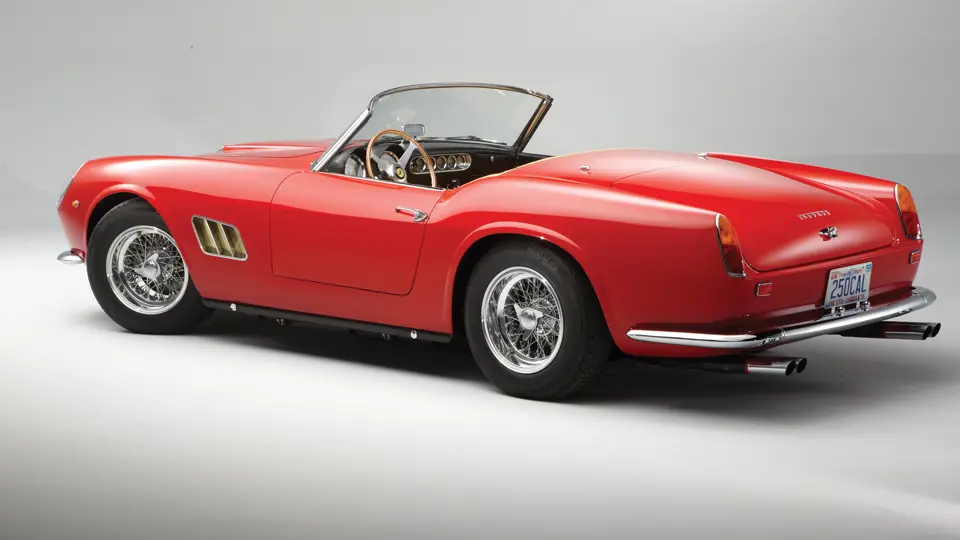

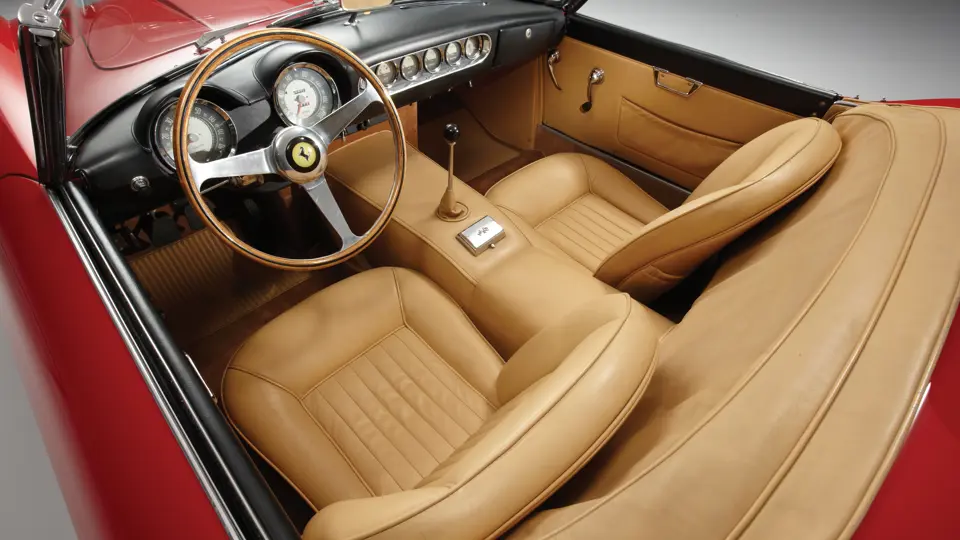

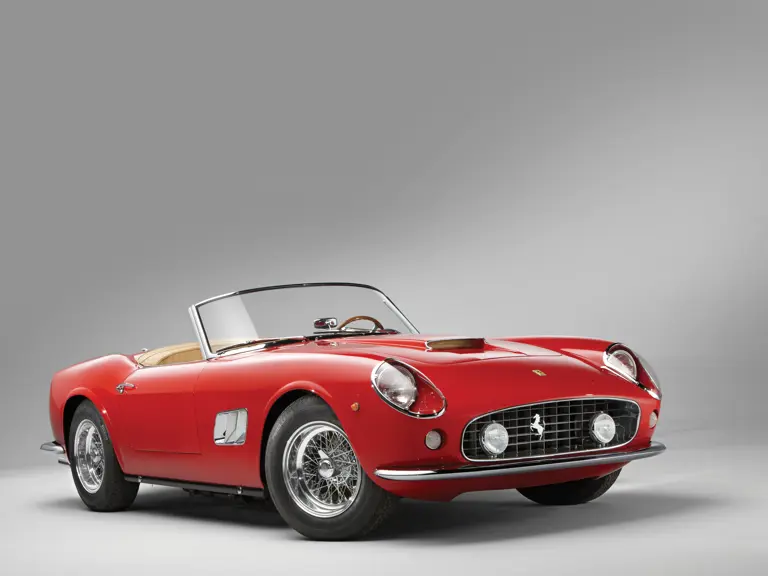

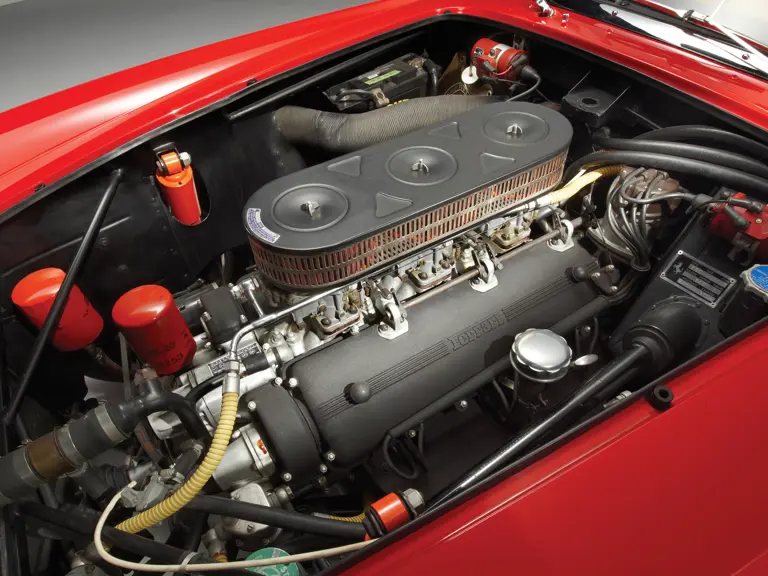
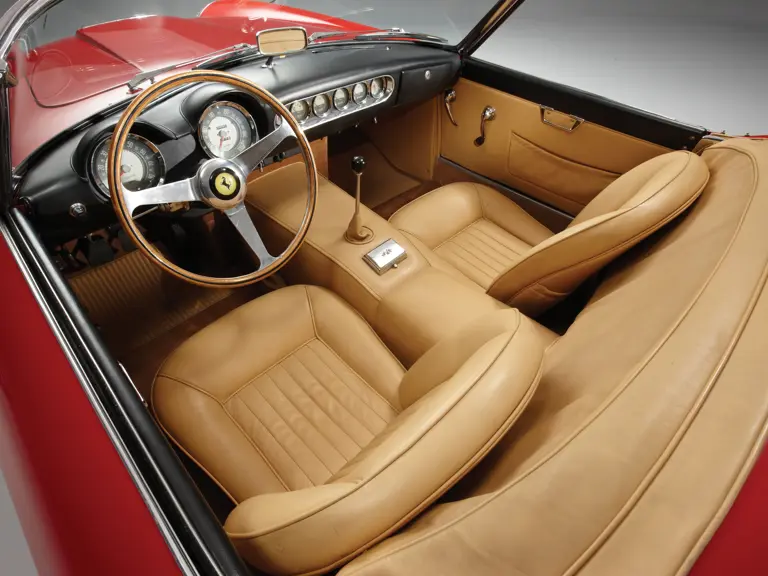

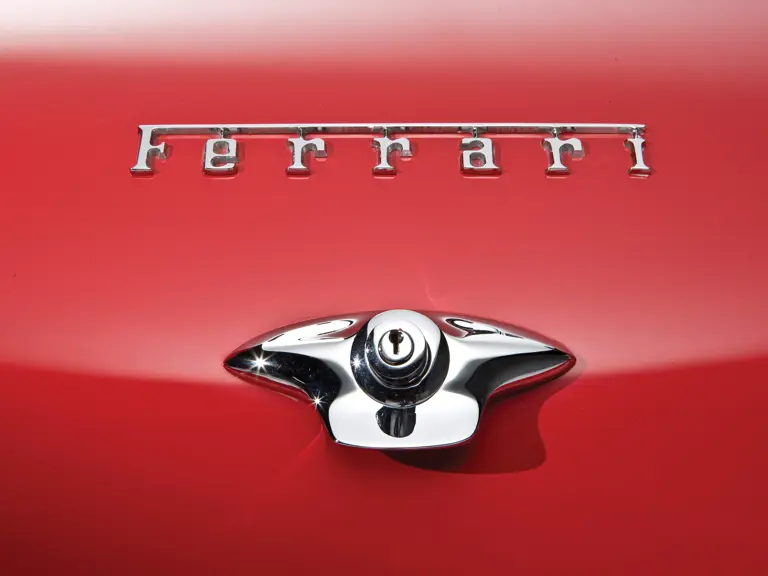


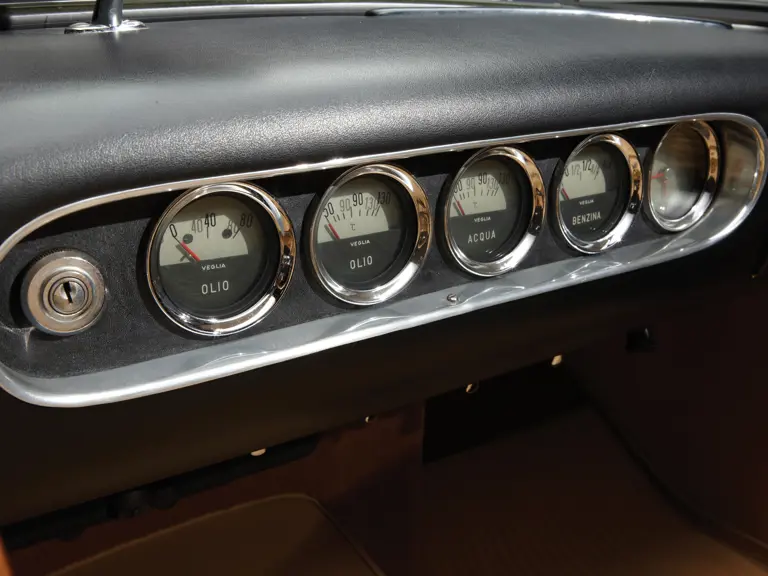
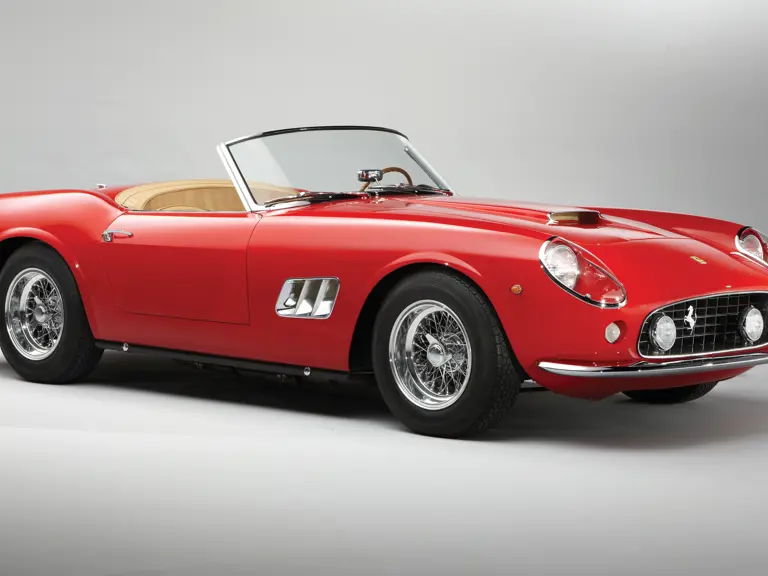
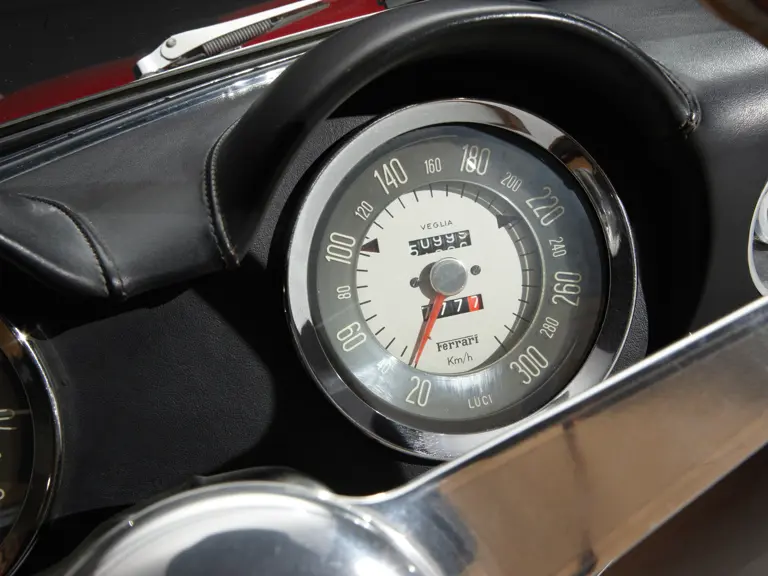
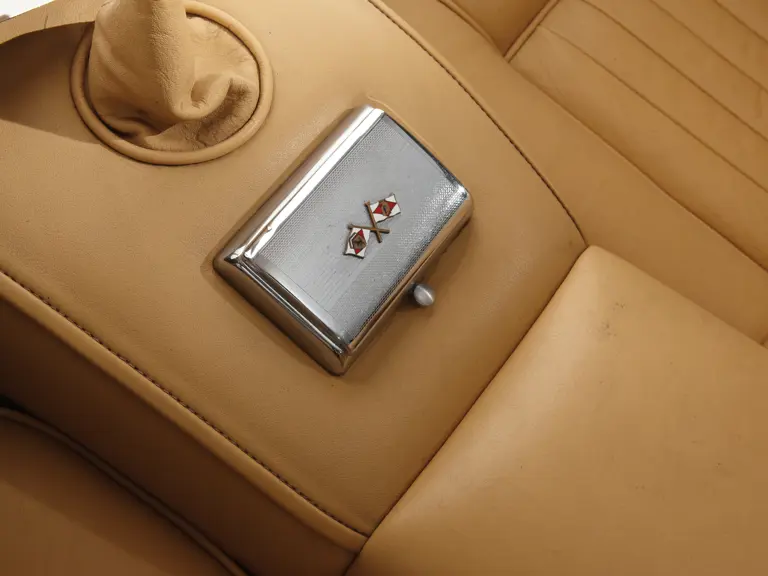
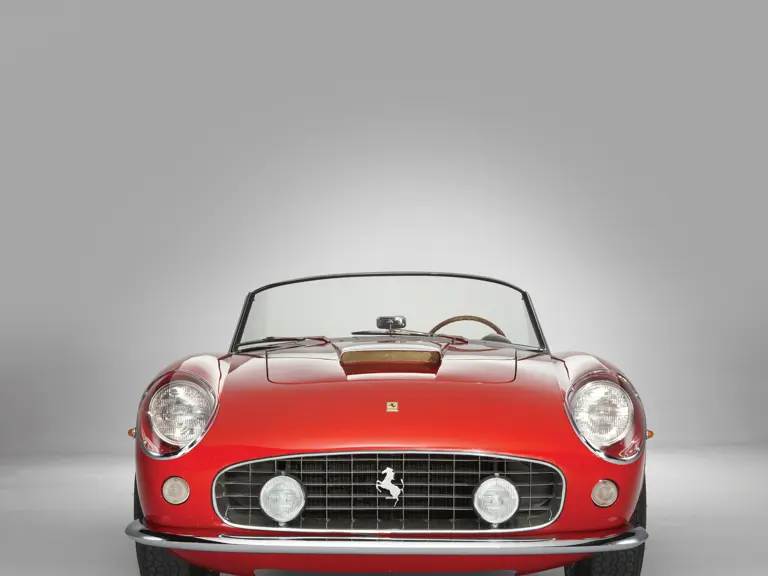
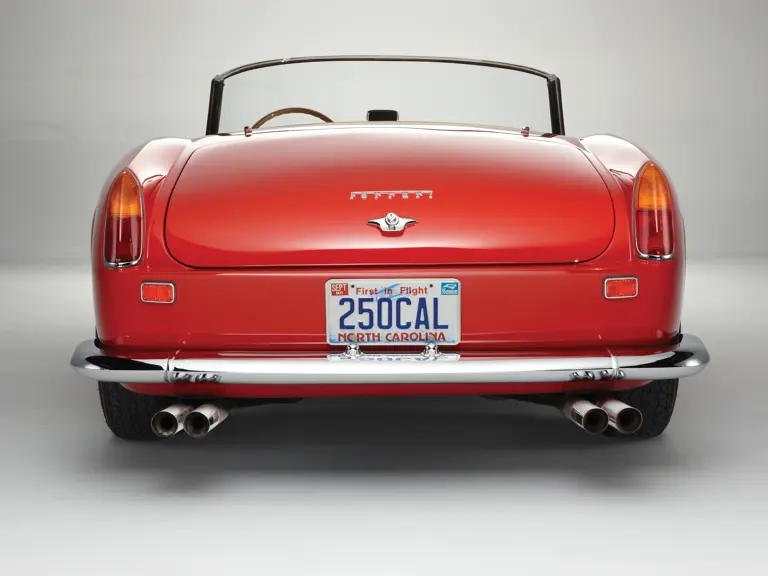

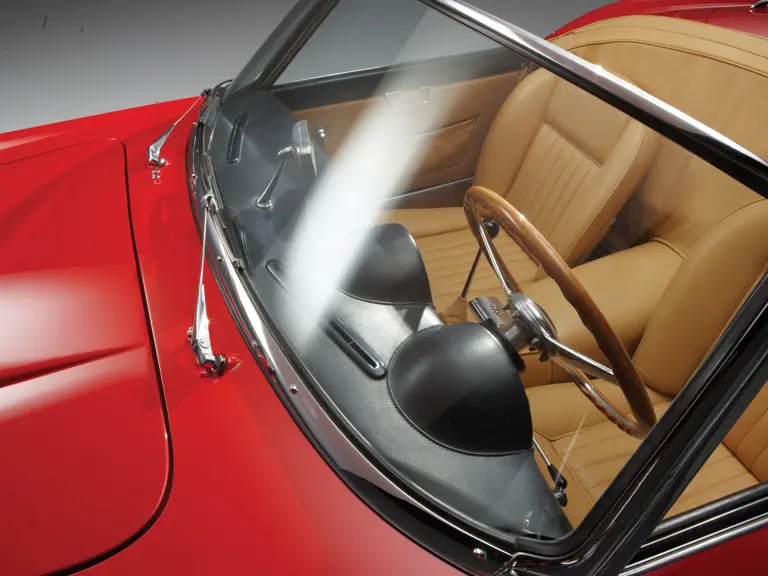
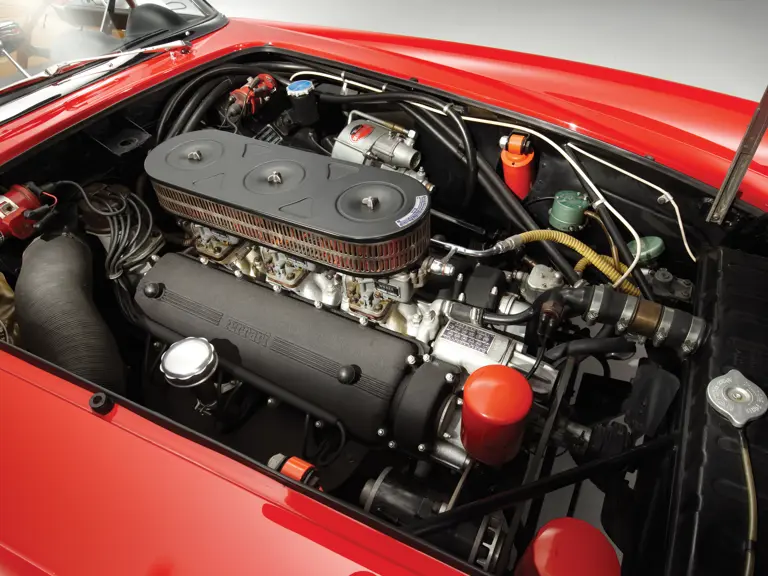
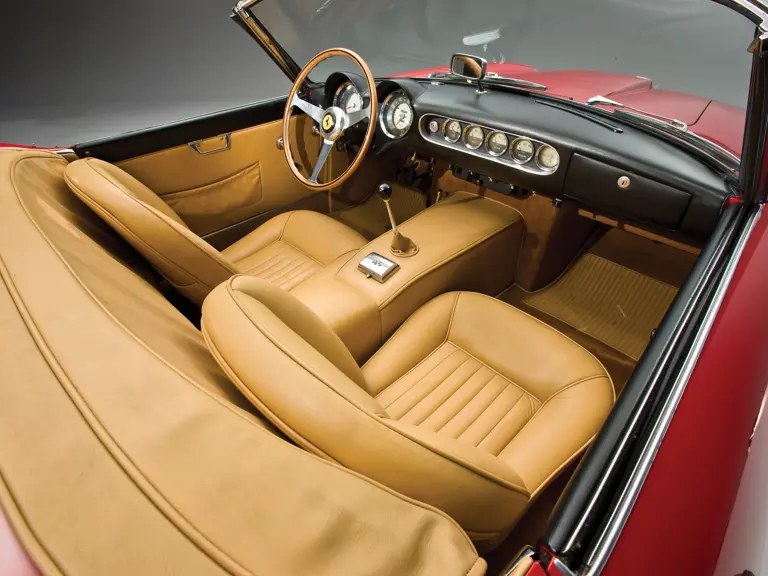
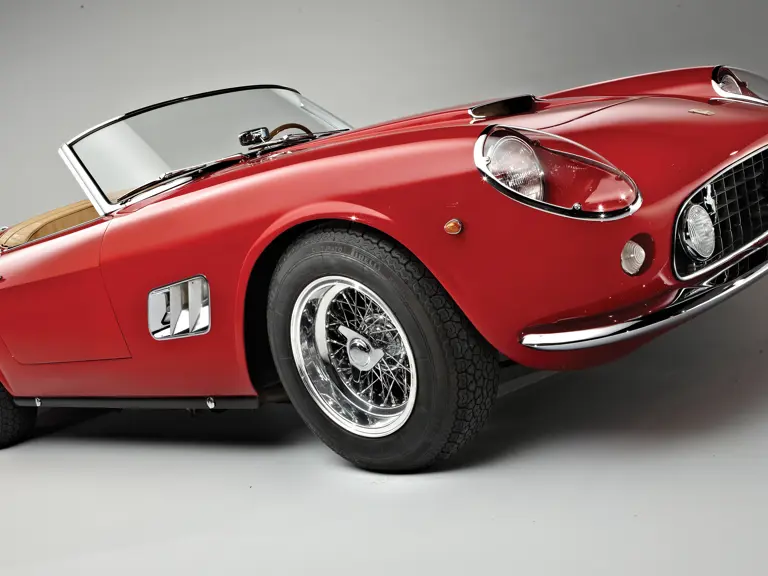
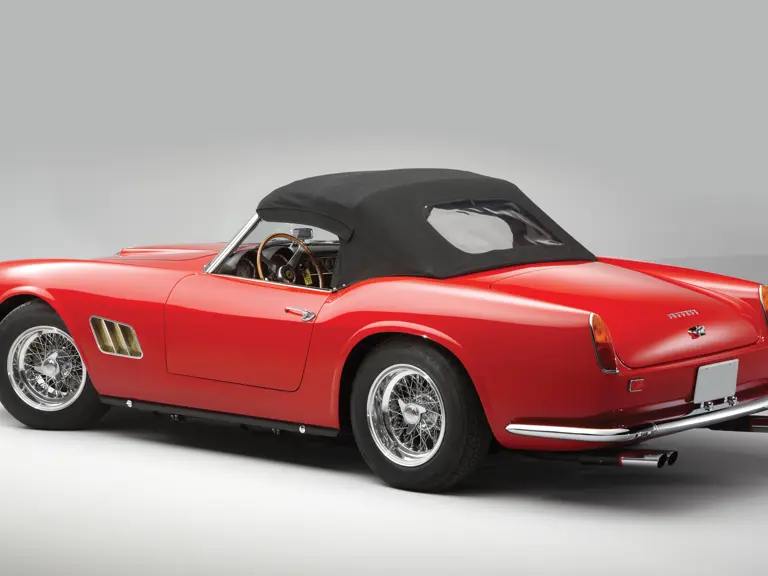
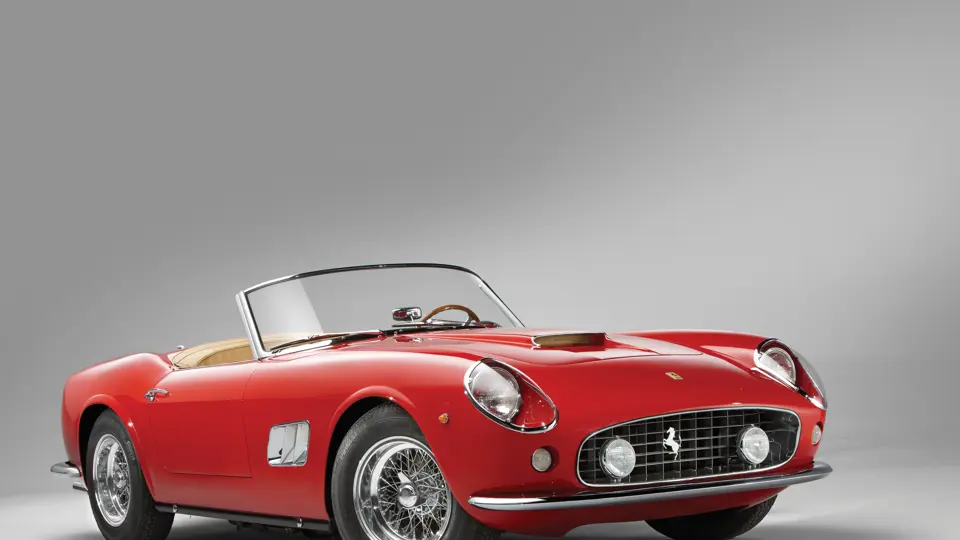
 | Monterey, California
| Monterey, California
